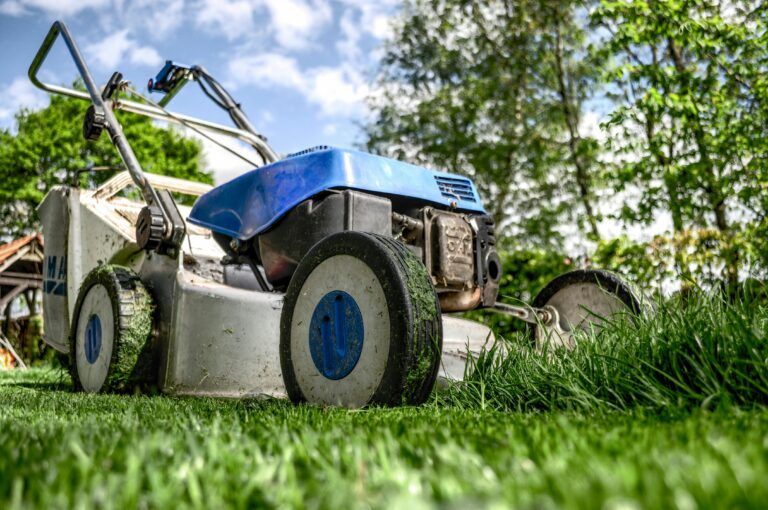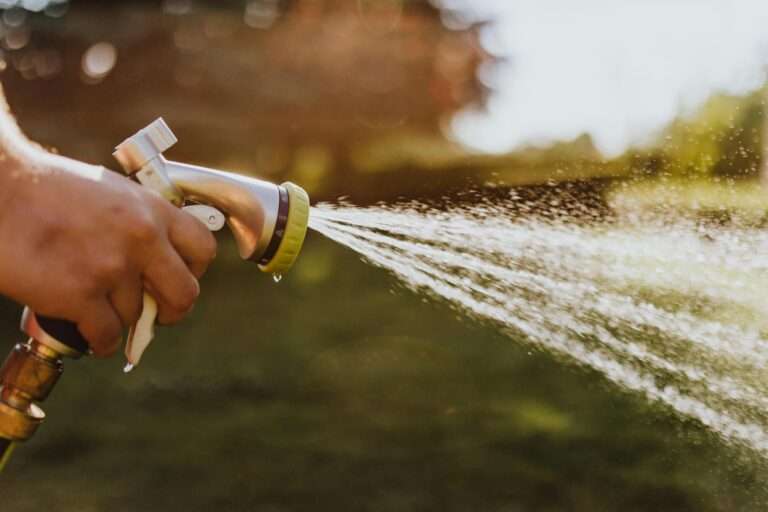How to Identify and Manage Tree Root Problems in Commercial Landscapes
Trees do a lot for a property. They add shade, curb appeal, and a sense of maturity to your landscape. But underground, those same trees can quietly cause serious issues. Left unchecked, root systems can crack sidewalks, clog irrigation lines, and leave you with expensive repairs.
If you manage a commercial landscape, it’s smart to know what to watch for—and how to fix problems before they get worse.
Spotting Tree Root Problems Early
Tree roots don’t cause visible damage overnight. But if you know what to look for, you can catch small issues before they turn into big ones.
One of the first signs of tree root problems in a commercial landscape is uneven or cracked pavement. You might also see areas of grass that stay soggy or have trouble growing. Keep an eye on bulging soil, shifting pathways, or tree trunks that lean unexpectedly.
Learning how to identify tree root damage isn’t complicated. Most root issues show themselves through movement in your hardscapes or sudden changes in water flow. If anything seems off, it’s worth checking underground.
When left unaddressed, tree root problems in commercial landscapes can lead to safety concerns for employees and visitors. That’s why early detection makes all the difference.
Sidewalks vs. Roots: Why They Clash
Hard surfaces and aggressive roots don’t mix well. As trees grow, their roots search for water and space. In compact urban or commercial areas, that often means pushing up against—or directly under—sidewalks and driveways.
It’s common to see tree roots damaging sidewalks on commercial properties, especially near parking lots, curbs, or main entryways. That heaving concrete or broken curb isn’t just unsightly—it’s a liability.
Once again, understanding how to identify tree root damage helps you act fast. A single uplifted slab could point to a root system that’s growing too close to the surface. And while small cracks may seem harmless, they often mark the start of a much bigger problem.
If your site already shows signs of tree roots damaging sidewalks on commercial properties, it’s time to bring in a professional for a root assessment.
Irrigation and Roots Don’t Always Get Along
Irrigation systems are another common target for root interference. Over time, roots can wrap around lines, crack pipes, or block water flow altogether. If you’ve noticed uneven watering or reduced pressure, tree roots affecting irrigation systems could be the cause.
This can happen even with newer systems—especially if they weren’t installed with root zones in mind. And once roots find a moisture source, they’re likely to keep coming back.
If you’re dealing with persistent sprinkler problems, don’t overlook the role of tree roots affecting irrigation systems. A quick inspection could reveal hidden issues underground.
At Delk, we take tree root problems in commercial landscapes seriously. We’ve seen firsthand how roots can quietly disrupt irrigation setups and lead to wasted water and rising costs.
Root Invasion: What You Can Do About It
There’s no one-size-fits-all solution for root problems. That’s why smart tree root management in commercial landscaping focuses on both prevention and long-term control.
In some cases, strategic pruning is enough to redirect growth. In others, it might be time for tree root invasion solutions like physical root barriers or replacing invasive tree species.
The key is to act with care. Improper cutting can destabilize a tree or lead to regrowth in the wrong direction. That’s why it’s best to leave tree root management in commercial landscaping to professionals with the right tools and experience.
If you’re looking for practical tree root invasion solutions, don’t go it alone. Every property is different, and a customized plan will help protect both your landscape and your budget.
When Removal Is the Best Option
Sometimes, a tree has simply outgrown its space. When roots cause ongoing damage or pose a safety risk, commercial tree root removal services may be the most responsible step.
We know removal isn’t always easy—especially if the tree has been there a while. But ignoring a serious root problem can cost more in repairs, water loss, and liability.
If you’re considering commercial tree root removal services, it’s important to choose a team that understands both the structural and aesthetic sides of the job. Delk Management takes a careful, case-by-case approach to removals, ensuring your property stays both safe and beautiful.
Whether you’re dealing with tree roots damaging sidewalks on commercial properties or suspect a deeper issue underground, we’re here to help.
Plan Ahead: Choosing the Right Trees
The best time to prevent root problems? Before they start.
When planning a new install, it pays to think about root behavior. Certain species are more aggressive than others, and some are better suited for areas near hardscapes. Root barriers can also be added to help guide growth away from sidewalks and utilities.
Part of smart tree root management in commercial landscaping is knowing what to plant and where. If you’ve had to use tree root invasion solutions in the past, consider replacing problem trees with lower-risk options.
Looking ahead, make sure your choices support the longevity of your entire landscape—not just the trees.
Stay Ahead of the Problem with Delk
If your commercial property is dealing with tree root problems, now’s the time to get in front of them. From early signs to full-scale commercial tree root removal services, Delk Management offers clear guidance and practical support across Eastern Washington and Northern Idaho.
Whether you need help spotting how to identify tree root damage, are seeing tree roots affecting irrigation systems, or want proactive help with tree root management in commercial landscaping, we’ve got your back.
Let us help you protect your investment—above and below the surface.






